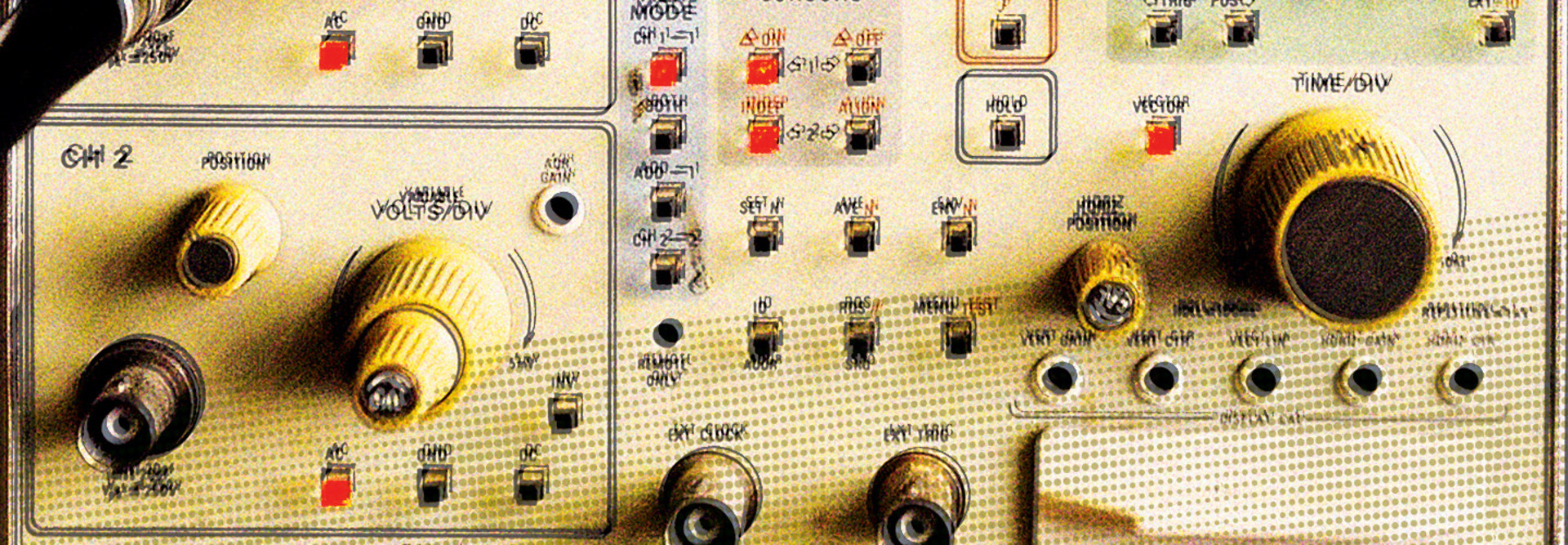As a matter of fact, the governor has challenged us to be 100 percent digital as soon as possible. We are working with cloud vendors to provide the functionality necessary to make this a reality. This transition is a means to put power back in the hands of the business.
RELATED: What are the main options for migrating off of a legacy mainframe?
STATETECH: StateTech recently polled readers on obstacles to cloud migration. What roadblocks did Montana’s face? How did you overcome them? Is it that simple, or is it more complex?
Gilbertson: We have had a similar experience in Montana with many of the same concerns from your survey. First, moving to the cloud is not as simple as handing the keys over to a cloud vendor. The move comes with its own challenges and expertise needed to successfully transition. To address some of these concerns, our central IT organization, the State Information Technology Services Division, is also undergoing internal transformation.
Our CISO has been working toward cloud certifications for some time. We have recently implemented a training coordination role with plans to grow that role to include other people and cultural growth initiatives. We have created a cloud bureau focused on building strategy for cloud migration along with the coordination of movement to the cloud. Finally, we have created a bureau focused on digital workflow, which includes low-code/no-code solutions. We are taking our time and not planning to move overnight, but as it makes sense from a functionality and cost perspective as we maintain our own data centers.
DIVE DEEPER: Find out how three states have moved on from their mainframes.
STATETECH: Can you specify how low-code or no-code solutions might manifest in the state government enterprise? Are the advantages simply saving money and manpower?
Gilbertson: Saving money and manpower is certainly an attractive benefit of low-code and no-code solutions. Moving to low-code platforms allows shorter project timelines with less overall risk.
However, the motivation is much simpler than that. First, I believe our digital transformation efforts actually require it for us to see the benefit anytime soon. When you consider the number of paper forms that need to be transitioned (and I would count PDFs that are filled in and printed to be just another paper form) — and pile on top of that all the applications built 20 years ago that are simple data collection forms — there is far too much work for IT to accomplish the transition alone.
Second, as with any other organization, we have shadow IT. By providing sanctioned options for low-code and no-code development, I hope to put a governance structure in place and sanction what was once considered shadow IT. Long term, it is my hope that this enables the state to be more responsive and adapt faster to needs from citizens, new statutes, etc.
Click the banner below to get access to customized cloud content by becoming an Insider.














